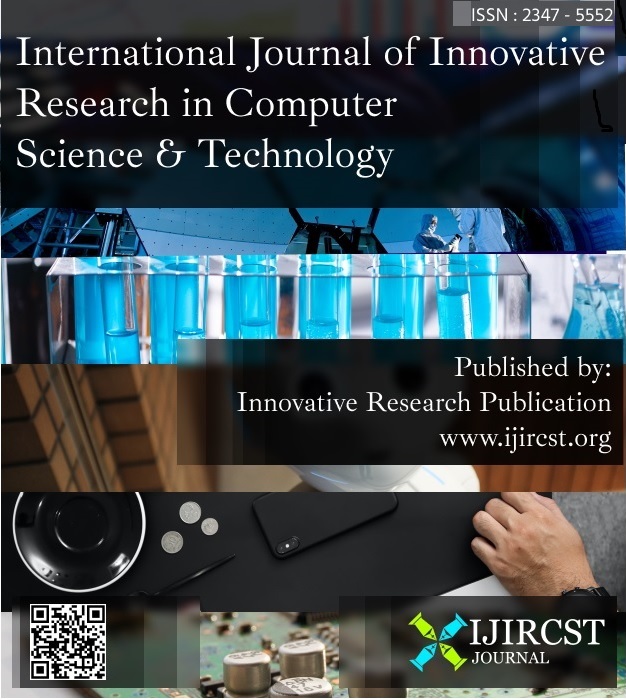Natural Language Processing: An Approach to Aid Emergency Services in COVID-19 Pandemic
Keywords:
NLP, NLG, deep learning, artificial intelligenc, name entity recognition, machine translation, COVID-19Abstract
In the recent years, Natural Language Processing (NLP) has been widely adopted in numerous applications to organize and structure knowledge to accomplish tasks like translation, summarization, named entity recognition, relationship extraction and speech recognition. With the advent of deep learning techniques, there has been significant increase in the processing efficiency of NLP based systems. The COVID-19 pandemic situation has challenged the medical research, IT operations, business processes and world economy at large. Numerous solutions are being developed to make lockdown and social distancing successful without causing much inconvenience to public. The current trends and applications of NLP can act as a critical support system for fighting COVID-19 pandemic situation. This paper presents a comparative assessment of various deep learning models for NLP techniques and proposes an NLP framework to develop essential and emergency services support system to minimize human interactions.
Downloads
References
Diksha Khurana, Aditya Koli, Kiran Khatter and Sukhdev Singh “Natural Language Processing: State of The Art, Current Trends and Challenges” Avilable: https://arxiv.org/ftp/arxiv/papers/1708/1708.0514
Selvapandian, R. Udaya Nirmala Mary, C. Karthikeyan “Artificial Intelligence In Online Shopping Using Natural Language Processing (NLP)” Journal of Critical Reviews ISSN- 2394-5125 Vol 7,
Issue 4, 2020
Young, T., Hazarika, D., Poria, S., & Cambria, E. (2018). Recent Trends in Deep Learning Based Natural Language Processing [Review Article]. IEEE Computational Intelligence Magazine, 13(3), 55–75.
Ossama Abdel-Hamid, Abdel-rahman Mohamed, Hui Jiang, Li Deng, Gerald Penn, and Dong Yu” Convolutional Neural Networks for Speech Recognition” IEEE/ACM Transactions On Audio, Speech, And Language Processing, Vol. 22, No. 10, October 2014
Iqbal, T.,Qureshi, S., “The Survey: Text Generation Models in Deep Learning”, Journal of King Saud University - Computer and Information Sciences (2020), doi: https://doi.org/10.1016/j.jksuci. 2020.04.001
Zheng Wang and Qingbiao Wu “An Integrated Deep Generative Model for Text Classification and Generation” Volume 2018 |Article ID 7529286 | 8 pages | https://doi.org/10.1155/2018/75
Kiran Baktha, , and B K Tripathy, Senior Member, IEEE “Investigation of Recurrent Neural Networks in the field of Sentiment Analysis” International Conference on Communication and Signal Processing, April 6-8, 2017, India
Boxuan Yue ID, Junwei Fu and Jun Liang “Residual Recurrent Neural Networks for Learning Sequential Representations” Received: 1 February 2018; Accepted: 4 March 2018; Published: 6 March 2018 doi:10.3390/info9030056
Prakash M Nadkarni, Lucila Ohno-Machado, Wendy W Chapman “Natural language processing: an introduction” Journal of the American Medical Informatics Association, Volume 18, Issue 5, September 2011, Pages 544–
, https://doi.org/10.1136/amiajnl-2011-000464 [10]Surbhi, M. C. (2013). Natural language processing future. 2013 International Conference on Optical Imaging Sensor and Security Issue 3 / July/2013 (ICOSSdoi:10.1109/icoiss.2013.66784
